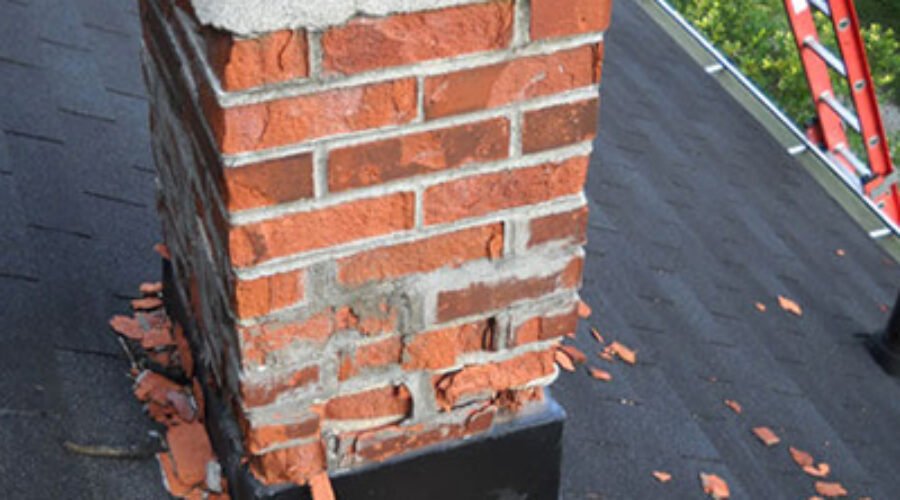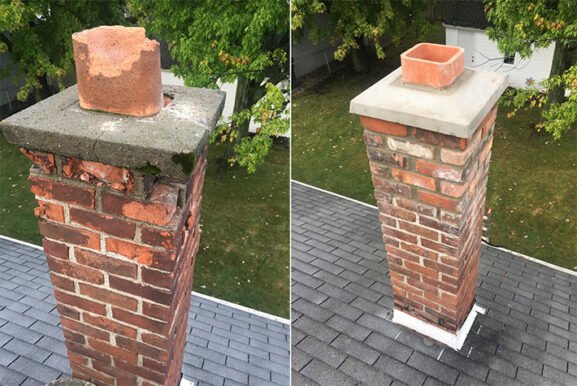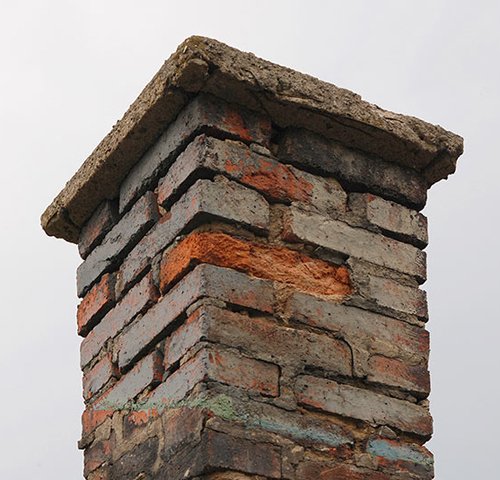Why Chimney Exterior Repair Should Be a Top Priority for Homeowners
Key Takeaways
- Neglecting chimney exterior damage can lead to costly structural issues and safety risks.
- Weather exposure is the primary cause of wear and tear on chimney exteriors.
- Early intervention can extend chimney lifespan and prevent water infiltration.
- Professional inspections help identify hidden problems and improve long-term performance.
Understanding the Importance of Chimney Exterior Maintenance
The exterior of a chimney takes the brunt of seasonal weather conditions, especially in areas with cold winters and humid summers. Over time, materials like brick, mortar, and flashing begin to deteriorate. When left unaddressed, small issues on the outside of the chimney can quickly escalate into bigger problems affecting the interior system, roofline, or even your home’s foundation.
Unlike the flue or firebox, the chimney exterior is constantly exposed to rain, snow, ice, and temperature fluctuations. This ongoing exposure leads to cracking, spalling bricks, loose mortar joints, rusted components, and moisture seepage. These issues may not be noticeable until they cause visible staining on your walls or significant heat loss.
Routine inspection and timely repair of the chimney exterior can prevent these complications and help homeowners avoid expensive restoration work down the line.
Common Signs That Your Chimney Exterior Needs Repair
Knowing what to look for helps you act before damage becomes severe. Here are several signs that suggest your chimney’s outer shell may need attention:
- Cracked or Missing Mortar Joints: Mortar holds the bricks together, and when it erodes, it compromises structural integrity.
- Spalling Bricks: Surface flaking or chunks falling off bricks is often caused by moisture infiltration and freeze-thaw cycles.
- Rust Stains or Discoloration: Indicates water penetration or corroded metal parts like flashing or chimney caps.
- Leaning Chimney Stack: A noticeable tilt or gap between the chimney and house signals foundational shifting or weakening joints.
- Water Leaks Indoors: Damp ceilings or walls near the chimney often trace back to exterior water entry points.
Spotting these signs early gives you the chance to schedule repairs before water damage worsens or safety is compromised.
Key Repair Techniques for Damaged Chimney Exteriors
Professional chimney repair specialists use various methods to restore and protect chimney structures. These techniques are chosen based on the extent and type of damage.
Tuckpointing to Replace Deteriorated Mortar
When mortar between bricks is cracked, crumbling, or missing, tuckpointing becomes necessary. This process involves carefully grinding out the old mortar and replacing it with new, color-matched material. Tuckpointing restores strength to the chimney and seals gaps that can allow moisture to enter.
It’s one of the most cost-effective repairs when done early and can significantly extend the lifespan of the masonry.
Brick Replacement and Rebuilding
If bricks are too damaged for simple repair, they need to be removed and replaced. This might involve replacing isolated bricks or, in more advanced cases, partial rebuilding of the chimney stack. Proper matching of new bricks ensures both structural performance and aesthetic consistency.
A full rebuild may be required if the chimney shows signs of serious leaning, wide cracking, or foundational failure.
Flashing and Crown Repairs
Flashing is the metal barrier where the chimney meets the roof. If it’s rusted, loose, or missing, water can seep into your home. Repairing or replacing chimney flashing helps redirect water away from critical joints.
Similarly, the chimney crown (the top cement slab that covers the chimney opening) protects the inner flue and masonry from rain and snow. When cracked or damaged, it should be resealed or rebuilt to maintain that protection.
How Weather Accelerates Chimney Exterior Deterioration
Weather is one of the most aggressive factors contributing to chimney wear. Rainwater penetrates porous bricks and then freezes during cold months, causing internal expansion that leads to cracking. This cycle, known as freeze-thaw damage, can break down bricks and mortar quickly if not managed.
High humidity and wind-driven rain can also saturate the masonry over time. In coastal or high-altitude regions, salt and mineral exposure only intensifies the degradation process.
Spring and fall are ideal seasons to schedule an inspection because they come before and after the most intense weather periods. It’s during these inspections that issues like early-stage spalling, loose flashing, or crown fractures are easiest to spot and repair.
The Role of Moisture in Structural Compromise
Moisture is the silent enemy of chimney structures. When it gets into brickwork or mortar, it accelerates decay from within. Long-term moisture exposure creates an ideal environment for mold growth, rot in wooden roof structures, and metal corrosion.
Water that seeps into the chimney can also make its way into ceilings and attic insulation, often remaining hidden until severe damage appears. In fact, the Chimney Safety Institute of America warns that water penetration is the leading cause of chimney deterioration.
Moisture-related damage also increases heating bills since wet masonry retains less heat and draws warm air from your home. Keeping the exterior sealed and well-maintained ensures both energy efficiency and structural health.
Why Professional Inspections Are Worth the Investment
Many chimney issues develop out of sight. A professional inspection uses tools like drones, cameras, and moisture meters to assess both visible and hidden damage.
Certified technicians can pinpoint problems like flashing gaps, missing mortar, or a compromised crown that a regular visual check might miss. They also understand how to prioritize repairs based on urgency, weather exposure, and your home’s architectural style.
Inspections should be scheduled at least once a year, preferably before winter. This allows enough time for repairs and sealing before snow and ice make access difficult and increase the risk of moisture intrusion.
Preserving Home Value Through Exterior Chimney Upkeep
The appearance and stability of your chimney contribute to your home’s overall curb appeal and long-term value. Cracked bricks, leaning stacks, or water stains not only reduce visual appeal but also raise concerns for potential buyers during resale.
Investing in routine chimney exterior repairs enhances your home’s structure, improves energy performance, and prevents cascading damage to surrounding roof systems. When maintained properly, a well-built chimney can last for decades without needing extensive reconstruction.
Homeowners who take proactive steps to preserve their chimney exteriors not only avoid major expenses but also protect the health and comfort of everyone under the roof.
Building a Long-Term Maintenance Routine
Rather than waiting for visible damage, it’s smarter to create a chimney maintenance schedule that includes regular inspections, sealing treatments, and minor touch-ups. Professional waterproofing solutions can be applied every few years to reduce moisture absorption and resist freeze-thaw damage.
Even small tasks like clearing debris from the chimney cap or keeping vegetation away from the structure play a role in maintaining its integrity. Partnering with a reputable chimney service company for scheduled assessments makes this process easier and more reliable over time.
Taking these small, preventative actions now can save thousands in future restoration costs and ensure that your chimney stays safe, efficient, and attractive for years to come.


